Status of Stocks 2012
The 2012 Annual Report on the Status of U.S. Fisheries highlights the progress that collectively, NOAA Fisheries, the regional fishery management councils, and our stakeholders have made to end overfishing and rebuild stocks. The report documents additional progress towards long-term economic sustainability of our nation’s fisheries. Recent economic data illustrates that the overall seafood industry and recreational fishing continue to generate significant sales impacts and income impacts while also supporting jobs.
About the Report
This annual report provides a ‘snapshot’ in time of the status of U.S. fisheries at the end of 2012.
Highlighting Continued Success
In 2012, as a result of the science-based management of U.S. fisheries, the status of our nation’s marine fish stocks continues to improve. In general, in 2012 we increased the overall percentage of stocks not listed on the overfishing or overfished lists:
- Ten stocks were removed from the overfishing list.
- Four stocks were removed from the overfished list.
In addition, six stocks were declared rebuilt in 2012—bringing the total number of rebuilt stocks to 32 since 2000. The graphic below illustrates the improvements made in 2012.
Looking Ahead
Looking to the future, it’s important to remember that sustainability is a process, rather than an end point. This report illustrates that fishery management under the Magnuson-Stevens Fishery Conservation and Management Act is working to address past overfishing and scientifically assess the status of stocks. 2012 represents the first year that all federal fisheries operated under annual
catch limits designed to end and prevent overfishing. In the future, we expect the number of stocks on the overfishing list—now at an all-time low—to decrease further as a result of management under annual catch limits.
To build on our success, we need to ensure the timely collection of data, develop more robust and frequent stock assessments, better assess the economic consequences of management actions, and improve understandingof environmental factors, including climate change, that impact fishery resources.
Overfishing—A stock with a fishing mortality (harvest) rate too high to produce its maximum sustainable yield (MSY)—the largest long-term average catch that can be taken from a stock under prevailing environmental and fishery conditions. The target level of stock abundance is the population that can produce MSY.
Overfished—A stock with a biomass level depleted to a degree that the stock’s capacity to produce MSY is jeopardized.


